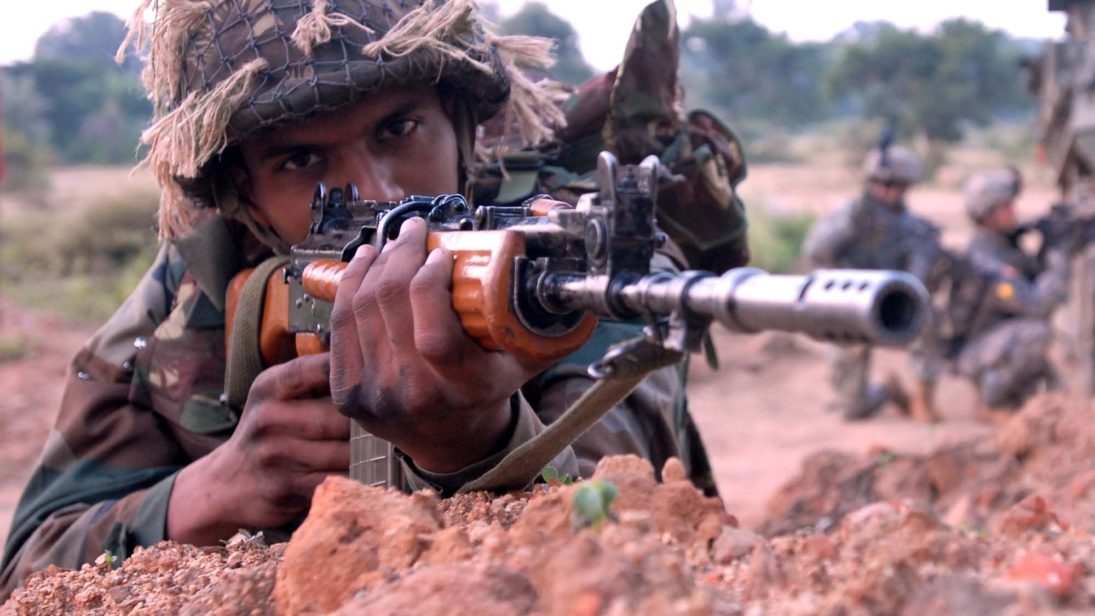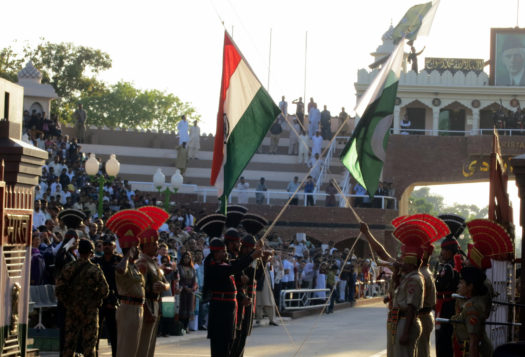
In the several days since India announced its “surgical strikes” along the Line of Control (LoC) with Pakistan, there has been a plethora of commentary already with experts analyzing its military, diplomatic, and political angles threadbare. Now’s a good time to take a step back and view the larger picture – how does this change the India-Pakistan equation in Kashmir and beyond? What are its implications on India’s security matrix? How does it fit into Prime Minister Narendra Modi’s Pakistan policy and India’s overall foreign and security policy?
Shorn of TRP-generating hyperbole and hysteria, the fact of the matter is that such cross-border raids have been carried out many times before, and there is little evidence to suggest that last week’s strikes were even qualitatively any better (either carried out deeper into Pakistani territory or inflicting greater damage or taking out targets higher up the value chain). And that’s fine.
The key here is not that the raid occurred but that it was publicized. That was a first. Why? Why did this government break from the past? The easy answer is because it needed to assuage domestic sentiments. There had been a series of terror attacks – Gurdaspur, Pampore, Pathankot, Uri – and to the public at large, it was looking like the government was doing nothing more than kadi ninda (severe criticism), even though it was supposed to be more hawkish on security affairs.
But the Modi administration wasn’t the only one to have faced such public pressure. The government of Manmohan Singh, for example, was in a far worse situation after the Mumbai carnage in 2008, and even in 2013, when the LoC lit up after reports emerged of the two Indian soldiers being killed and their bodies being mutilated. At least in the latter case, it is believed that the Indian Army carried out retaliatory strikes across the LoC but these were not publicly acknowledged – until now. The Congress party recently listed three “surgical strikes” that had been authorized by the United Progressive Alliance government when it was in power.
The conventional wisdom (pushed in no small measure by the Pakistani establishment and contested in some Indian military circles) was that announcing such strikes would compel Pakistan to respond, and this could escalate into a full spectrum military confrontation between the nuclear-armed nations. While previous Indian governments have played safe against this backdrop, the Modi administration took a calculated risk.
It publicized the strike but also carefully framed it as a counter-terror operation, undertaken in the defense of Indian citizens and in an area that India considers to be its sovereign territory. It even urged the Pakistan Army to do its bit to control non-state actors, thereby drawing a line between the Pakistani state and its proxies. This was to ensure that at least on paper the attack was not seen as an attack on Pakistan itself.
Most importantly, Modi and his team seem to have reasoned that the Pakistani government, instead of forcefully responding to the attack, would in fact underplay the Indian strike. Because acknowledging such a strike, especially after it had been so announced by India, would make it look bad. Even in a worst case scenario, wherein Pakistan reacted more negatively than expected, it would be safe to assume that the international community would bear upon Pakistan to exercise restraint – just as it has with India, when the latter has been attacked and repeatedly so.
What this means from India’s point of view is that there is slightly more space than previously estimated for a conventional response to sub-conventional threats from Pakistan. This is the big takeaway, the big win. Now, how much more space there is, and how far the Modi government will probe it, remains to be seen. The lesson to be learnt is that the price of inaction is often greater than wrong actions.
Note that Modi or his team didn’t do anything that was drastically different from their predecessors (such as striking the Lashkar headquarter in Muridke, an option India considered after Mumbai 2008 but dropped). They have no magic wand or silver bullet to speak of. They have the same old toolkit—they just try to work it better.
In fact, it is important not to confuse this old toolkit with the availability of a new one – India still does not have very many options for responding to Pakistani attacks in a way that will not only penalize Pakistan but also compel it to change its India strategy. India can develop some retaliatory options over time, such as covert strikes on terror training camps (not the same as launch pads), but even these will only be punitive. India’s basic problem with Pakistan – its sponsorship of anti-India terrorism – remains.


